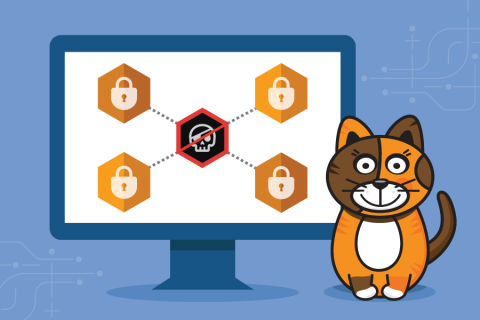Covid-19 Exposure Logging: Key Privacy Considerations
Recently, both Apple and Google released new updates for iPhone and Android devices. One feature that was added was “Covid-19 Exposure Logging.” The feature is off (for now), and according to the text that accompanies the app, when turned on, it is set to communicate via Bluetooth to other devices.









